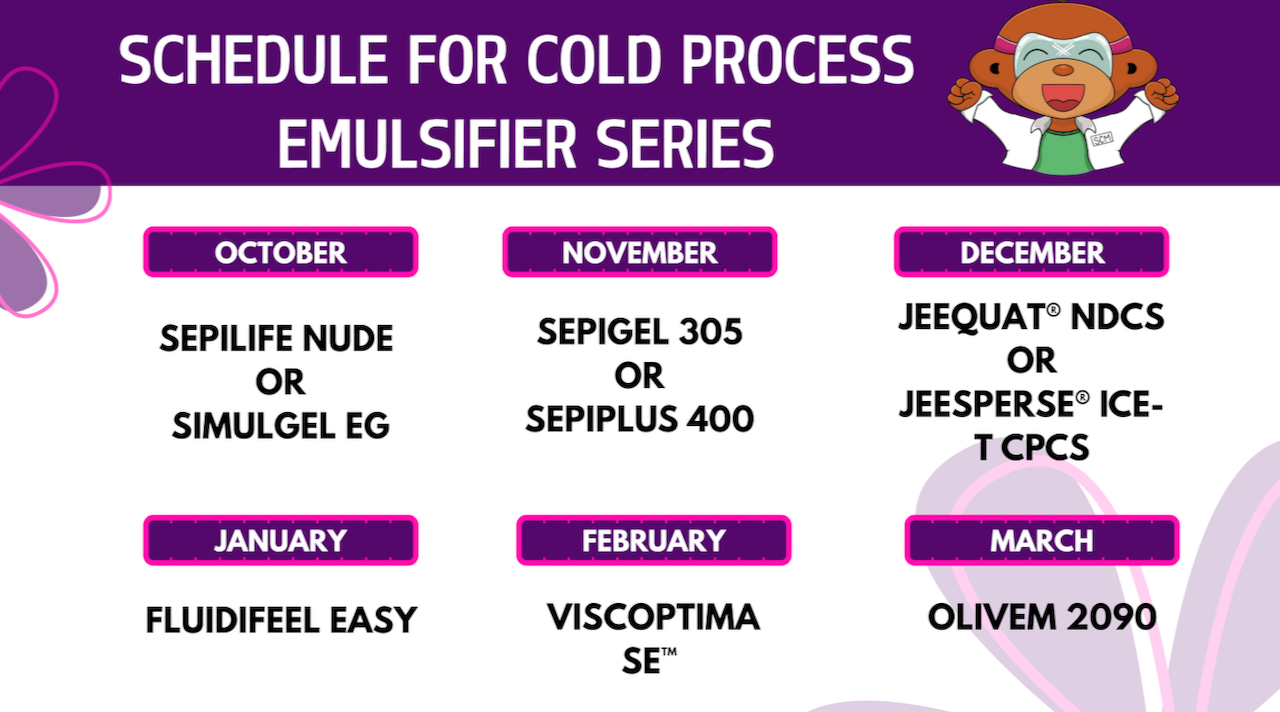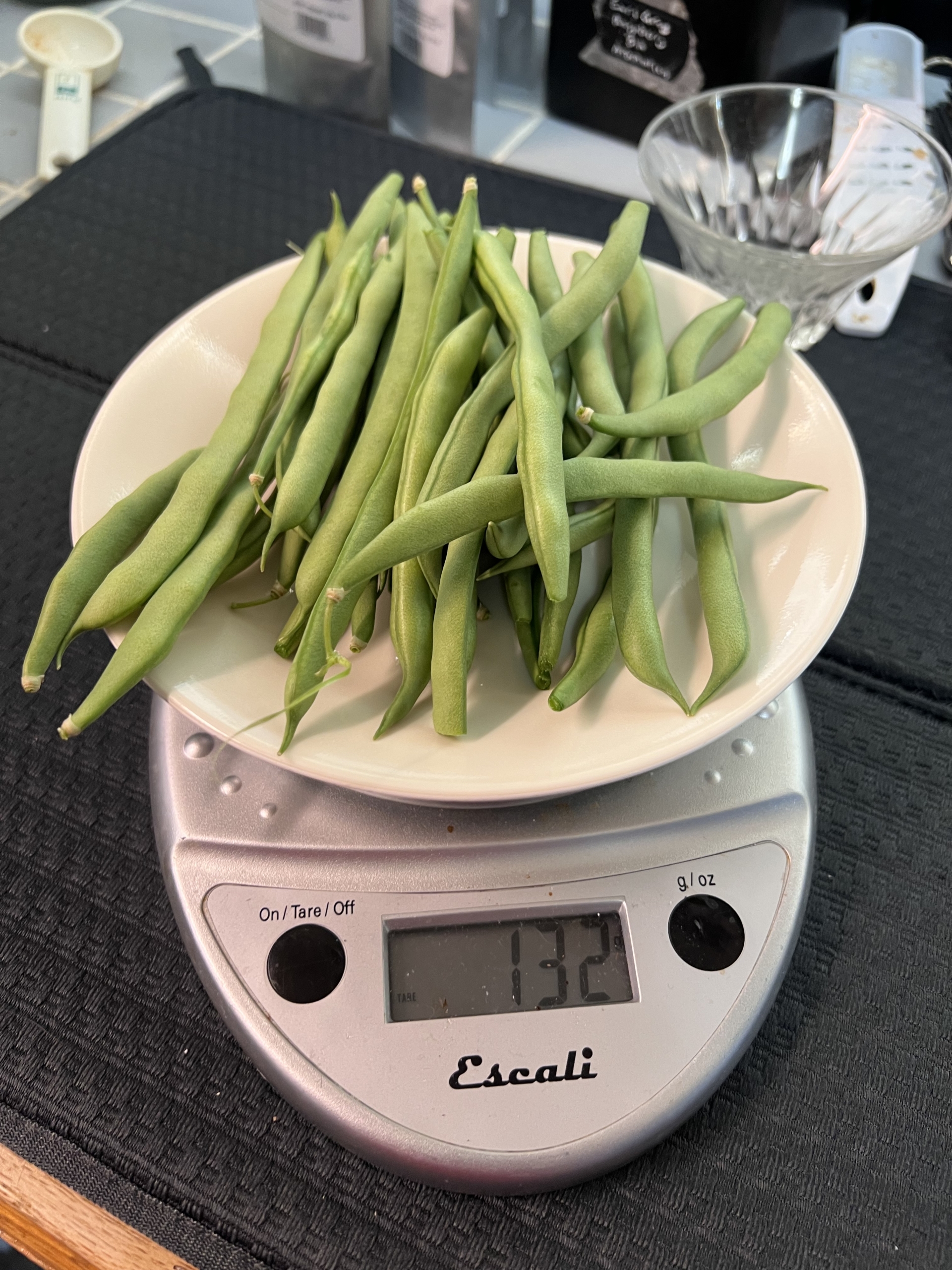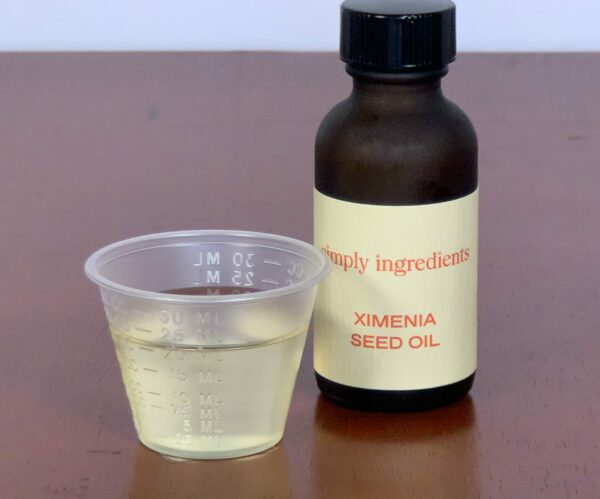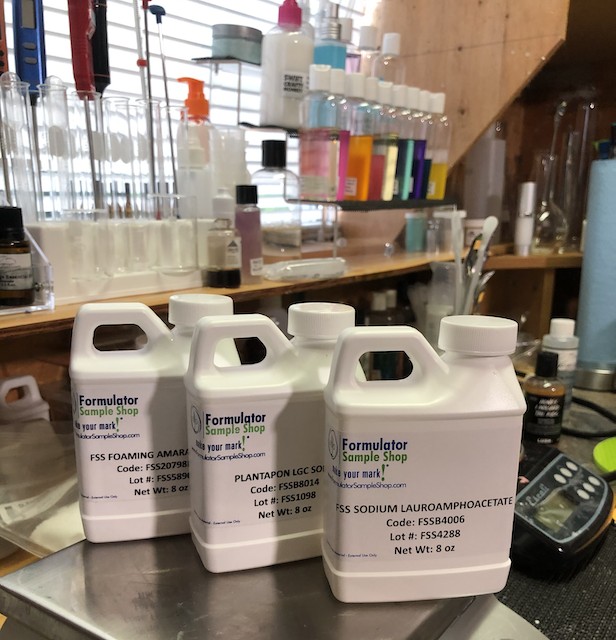Chemistry Thursday: Esters we use as emulsifiers (overview), some emulsion chemistry, the HLB system, and PEG-esters (part 32)
Welcome back to this introduction to cosmetic chemistry course! Let’s continue our look at esters by investigating those that work as emulsifiers. We’ll get into some emulsion theory, information on the HLB system, then get into those esters! An important note about this series – it’s here for life. It isn’t going anywhere. If you...




